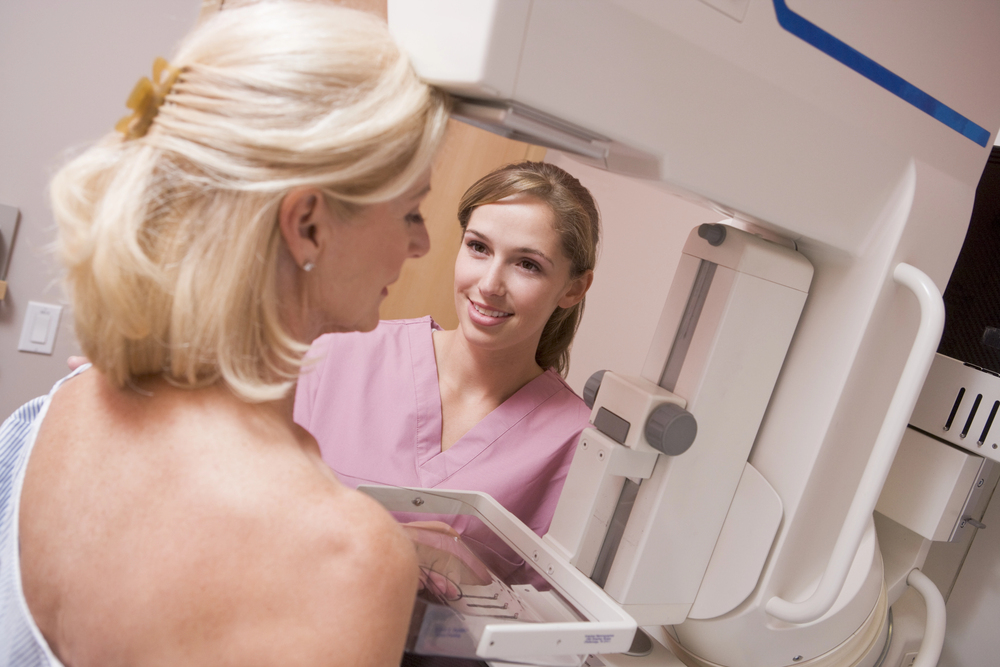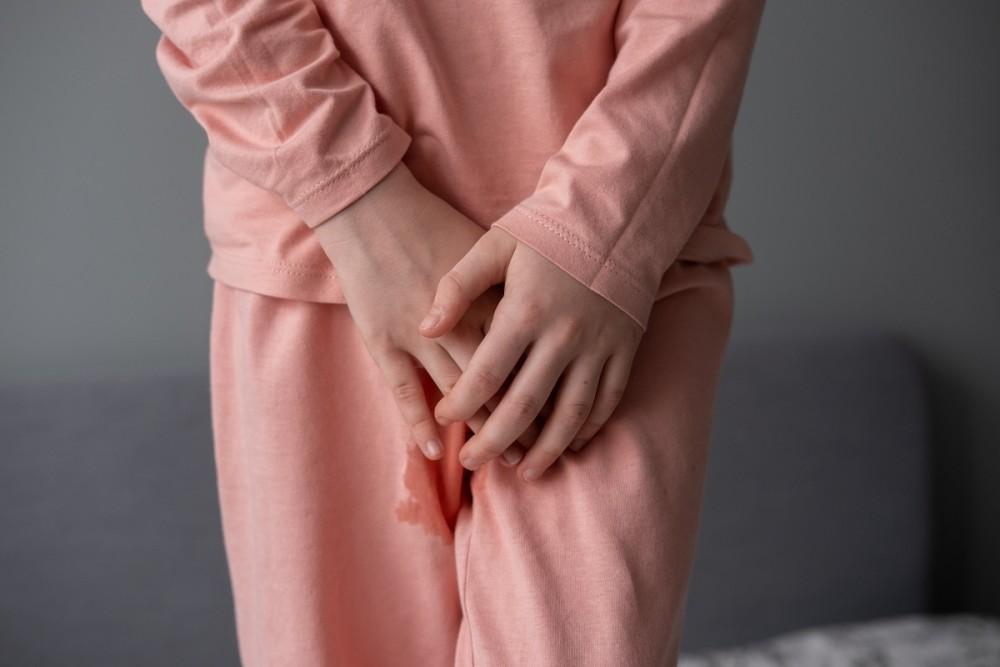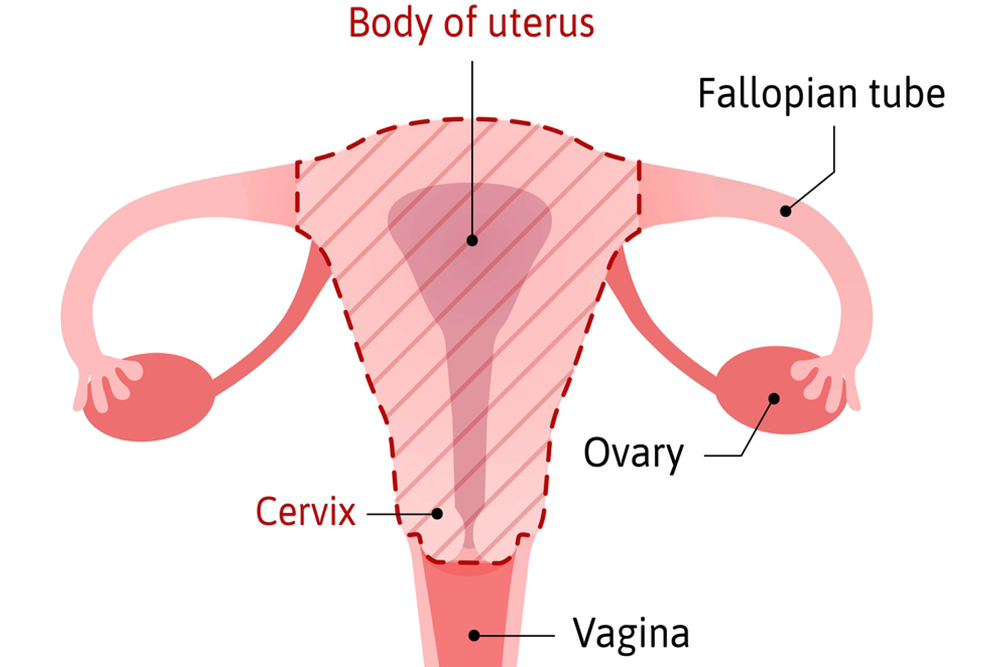
Understanding Your Mammogram Results
Interpreting mammogram results can be an emotional and confusing process for many women. These results...
Read MoreWelcoming a baby into the world is a beautiful experience. But all too often, the joys of motherhood come with a variety of postpartum challenges.
One of the most common post-delivery issues that women face? Postpartum incontinence. In fact, it affects up to 50% of postpartum women, and it’s essential for new mothers to recognize the signs.

Our obstetrics and gynecology team at The Women's Center is here to help. Along with prenatal care, we offer compassionate diagnosis and treatment for urinary incontinence for women around Orlando, Florida.
Here’s what you need to know about the symptoms of postpartum incontinence and how treatment can help you feel like yourself again.
Incontinence is involuntary urine leakage, and postpartum incontinence is leakage that develops after childbirth.
The main cause of incontinence is weakened pelvic floor muscles, which support your bladder and urethra. Both pregnancy and childbirth put a strain on these muscles, often leading to temporary or long-term loss of bladder control.
It’s generally considered normal for a certain degree of incontinence to occur immediately after childbirth — but your symptoms should improve as your body heals. However, for some women, postpartum incontinence can persist for months or even years.
Long-term incontinence after having a baby isn’t normal, and it’s important to recognize the signs so you can get the treatment you need.
Stress incontinence is the most common type of postpartum incontinence. It happens when activities like laughing, sneezing, or exercise put pressure on your bladder. This sudden, increased pressure causes small amounts of urine leakage.
Urge incontinence, or overactive bladder, involves a sudden and intense urge to urinate. You might experience leakage if you can’t reach the bathroom in time.
Some women experience a combination of stress and urge incontinence, which is referred to as mixed incontinence. Others may only experience postpartum incontinence only during the night, often called nocturnal incontinence.
Overflow incontinence is a less common form of postpartum incontinence. It happens when your bladder doesn't empty completely, leading to dribbling and constant leakage.
If you have symptoms of postpartum incontinence, make a doctor’s appointment. Although it’s common, it isn’t normal — and treatment can help.
We start by asking questions about your symptoms, reviewing your medical history, and doing a physical exam. If we identify postpartum incontinence, your treatment options might include:
Pelvic floor exercises, or Kegels, target your pelvic floor muscles and help strengthen them. Regularly performing Kegel exercises can significantly improve bladder control and alleviate postpartum incontinence symptoms.
Along with Kegels, a pelvic floor physical therapist can guide you through more specialized exercises that target your pelvic muscles effectively and safely. They may also recommend techniques like biofeedback to help improve muscle coordination.
Making simple adjustments to your daily habits can have a positive impact on postpartum incontinence. Changes like avoiding caffeine and alcohol and striving to maintain a healthy weight can make a difference.
Some women may benefit from bladder training for incontinence, a technique that involves gradually increasing the time between bathroom visits to improve bladder capacity and reduce the frequency of urges.
If you have urge incontinence, medication could help relieve your symptoms. We may prescribe medications to relax your bladder and reduce your overactive bladder symptoms.
We also offer MonaLisa Touch®, a noninvasive laser treatment designed to improve women’s health. While it’s a popular option to treat vaginal dryness and discomfort, it can also help relieve symptoms of mild urinary incontinence after childbirth.
If you’ve tried other treatment options without seeing an improvement in your symptoms, it might be time to consider surgery. Surgical procedures for urinary incontinence focus on providing additional support for your pelvic organs to improve bladder control.
Postpartum incontinence is common, and it can be distressing. The good news is that help is available.
Contact our team at The Women’s Center to schedule your first appointment. With the right care, you can regain control over your bladder and focus on the joys of motherhood with confidence and comfort.




Interpreting mammogram results can be an emotional and confusing process for many women. These results...
Read More
Hysterectomy, a surgical procedure involving the removal of the uterus, is often considered a last...
Read More
Menopause marks a significant transition in a woman's life, bringing about various changes that can...
Read More